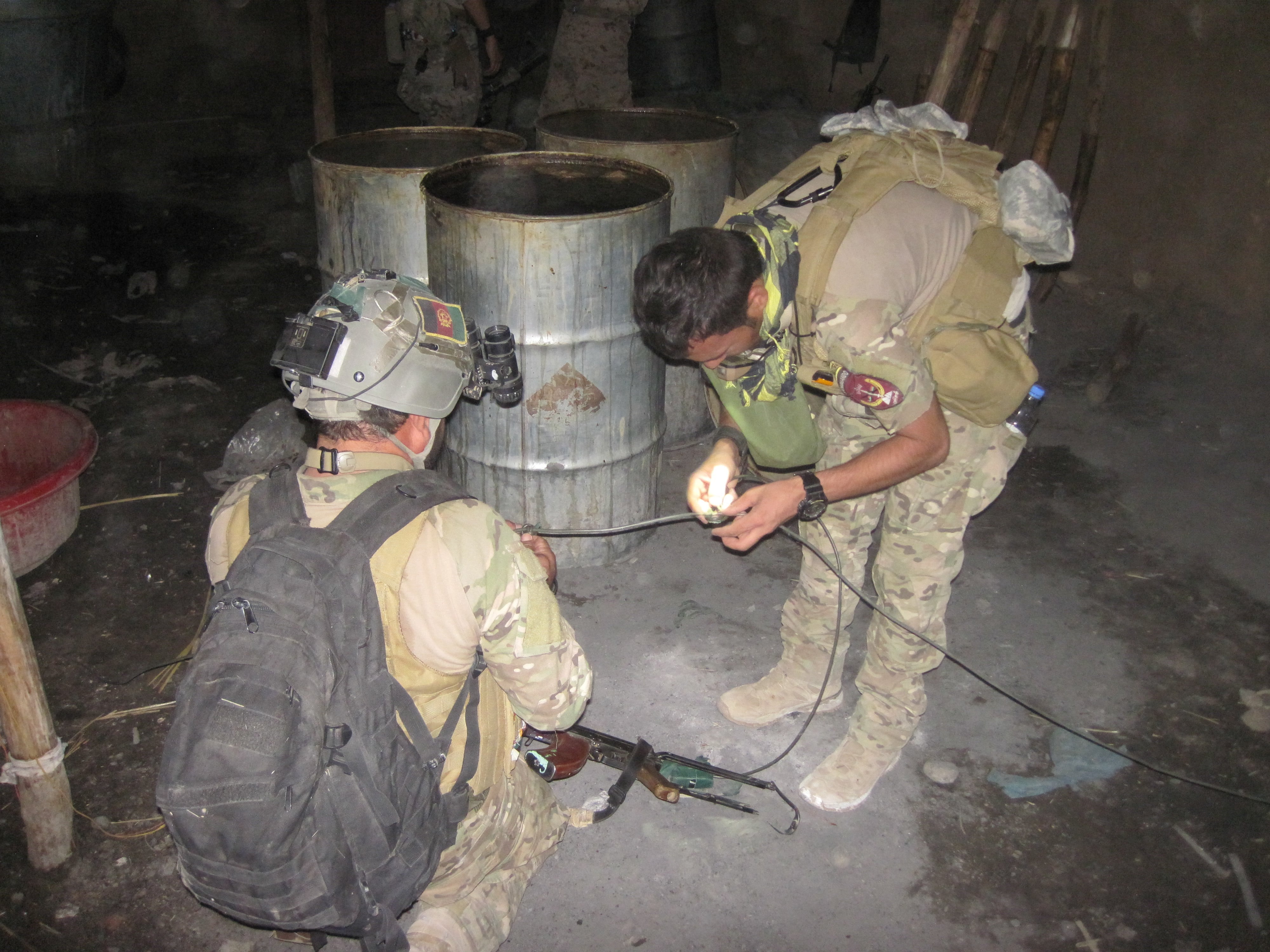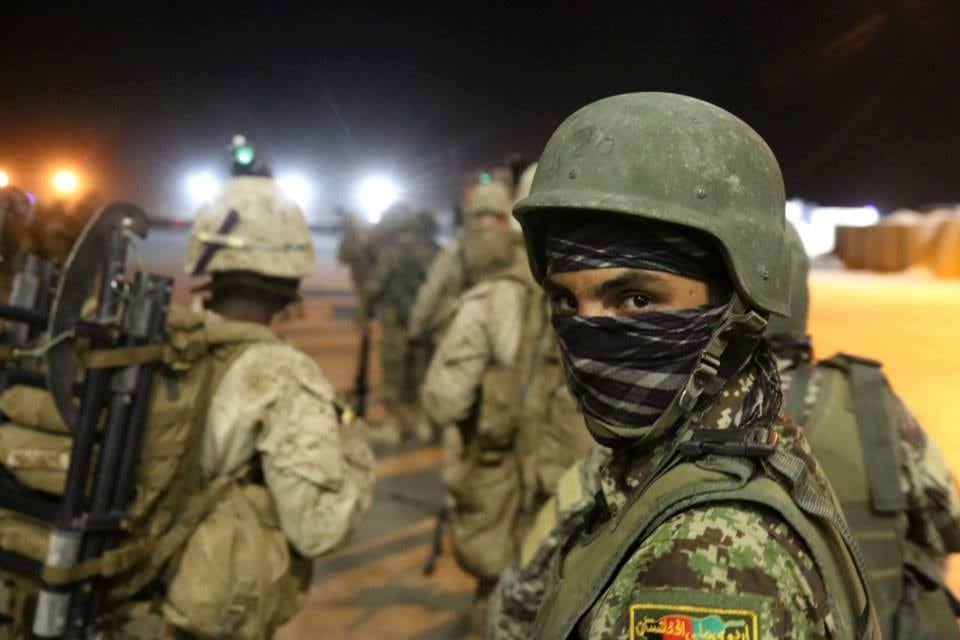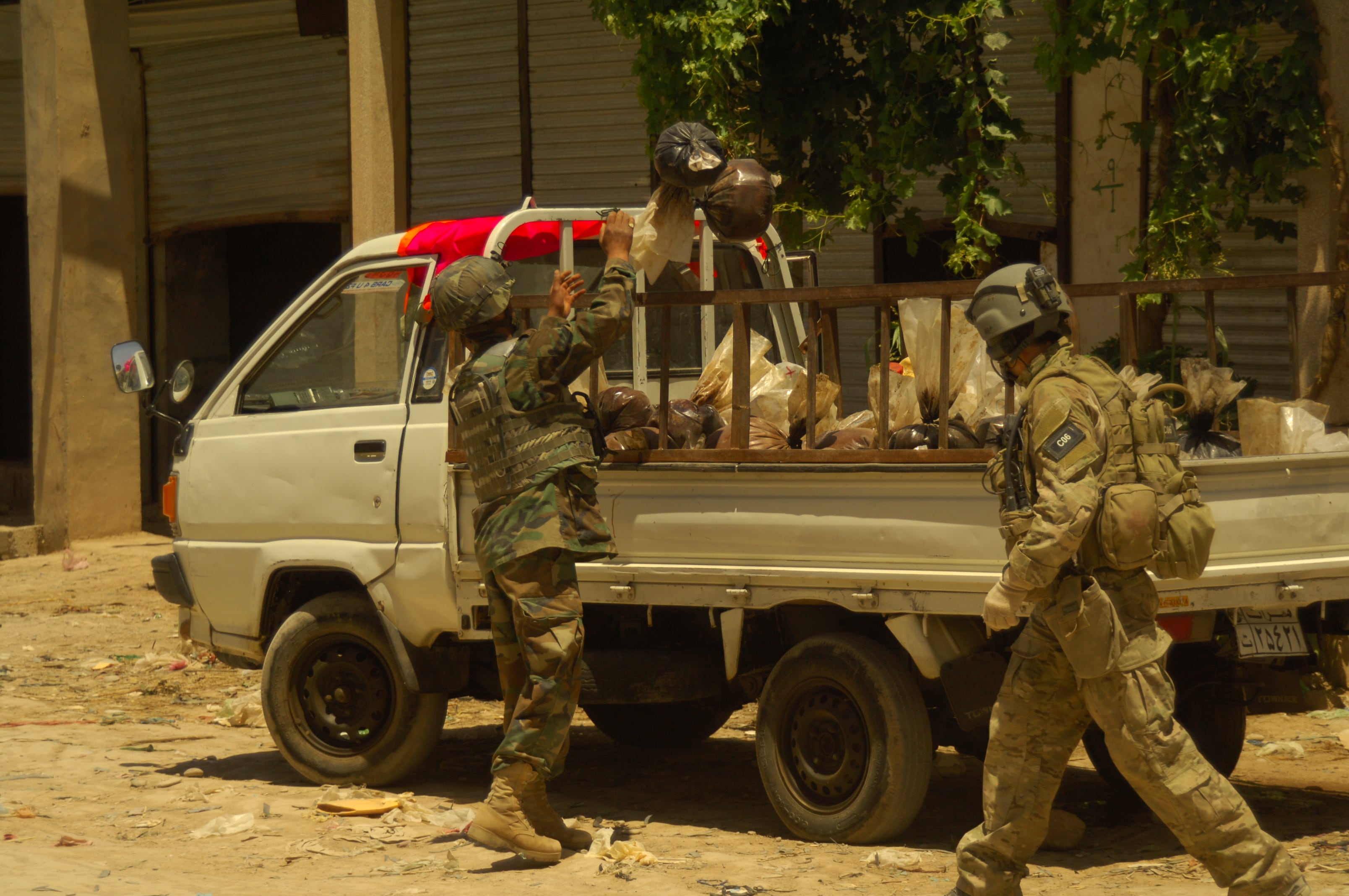The Defense Department’s drug lab bombing campaign against the Taliban financial network this winter has come under scrutiny from the Special Inspector General for Afghanistan Reconstruction.
According to a Pentagon briefing, the airstrikes, which began in November, were crippling the Taliban’s drug funding. The illicit money lost from drug kingpins’ pockets totaled $80 million, defense officials said, and that resulted in a $16 million loss for the Taliban, who are known to tax the enterprise.
However, the DoD has not clarified “whether future revenue per barrel is calculated using price data on the export of opium and heroin, or using higher values in consumer markets outside Afghanistan,” according to SIGAR’s quarterly report.
That’s an important distinction for Vanda Felbab-Brown, a senior fellow at the Brookings Institution, who spoke with Military Times.
“What number is used is fundamental and, of course, because the labs are being destroyed in Afghanistan itself, it has to be much lower than if interdiction took place, for example, in Britain or Pakistan,” Felbab-Brown said.
In a statement to Military Times, Navy Capt. Tom Gresback, public affairs director for NATO’s Resolute Support mission, spoke on behalf of U.S. Forces-Afghanistan. He would only say that the price they use is “the total value to the drug trafficking enterprise.”
“The Taliban’s cut is the revenue the organization is able to make from production to its movement out of Afghanistan,” he said. “It is important to remember that the Taliban do not just make money at the point of production and have a hand in the system outside of Afghanistan as well.”
However, SIGAR’s law enforcement sources suggest the Taliban only profit from the drug trade until the product is sold to drug traffickers outside Afghanistan.

In arriving at the value of labs, Gresback said they count the number of barrels [used to cook heroin] and multiply that by $205,000, which he explained was the average revenue potential from a barrel of heroin.
However, using airstrikes, rather than ground operations, forces officials to estimate what was actually in the lab.
Gresback acknowledged that fact, and added that they mostly use the lowest value. But even conservative estimates generate other questions, Felbab-Brown said.
“Was it 10 pounds of raw opium, or was it a 100 kilograms (220 pounds) of heroin?” she asked. “How about if there was no opium? How about if it’s a lab that can process, but at the time that it was hit, there was nothing in there?”
Dr. David Mansfield, a senior fellow at the London School of Economics, has researched opium production in Afghanistan for the past 20 growing seasons. In a January paper for the LSE’s International Drug Policy Unit, titled “Bombing Heroin Labs in Afghanistan,” he asserts there is no evidence to justify the claim by U.S. Forces-Afghanistan that they inflicted $80 million in losses on drug traffickers by destroying 25 labs in the Musa Qala district of Helmand province, nor that this resulted in a $16 million loss for the Taliban.
“At current prices for heroin, the losses USFOR-A refer to would amount to almost 73 metric tons of heroin, that’s nearly 3 metric tons of heroin in each lab destroyed,” he wrote.
“With a conversion rate of between 9 and 13.5 kilograms of fresh opium per kilogram of heroin, this would require between 27,000 and 40,500 kilograms of fresh opium per lab. It would mean that the 25 labs destroyed were responsible for converting between 8 to 11 percent of the entire 2017 crop of 9,000 metric tons. There is little evidence from the nine buildings destroyed in [Musa Qala] to support such a claim.
“Going on the tax rates levied on the [Musa Qala] labs, were the aerial campaign to have actually destroyed 73 metric tons of heroin, the loss in revenue to the Taliban would have been around $1.2 million, considerably less than the amount reported by USFOR-A,” he continued.
“Were the air attacks to have destroyed a series of houses rented out to cook opium in much smaller batches, as the case would appear to be in [Musa Qala], the loss in revenue to the Taliban would have been negligible. In fact, the 50 barrels of opium cooking at the time of the strike that [USFOR-A commander] General [John] Nicholson referred to as being worth ‘millions of dollars’ would have been worth at most $190,750 if converted to heroin and no more than $2,863 to the Taliban,” Mansfield concluded.
The aerial campaign against the drug labs also marked the first time that an F-22 Raptor has dropped bombs in Afghanistan. But at a cost of $70,000 an hour, there are serious questions about whether this is a cost-effective use of the world's most advanced aircraft.
RELATED

Adding to the pricing issue is the question over how large an effect blowing up a drug lab ultimately yields against the narcotics network.
“A lab can be set up in three to four days,” a U.S. official familiar with the counter-narcotics effort in Afghanistan told Military Times on background. “They can be quickly moved from rural areas to urban areas [and] the labs are cheap to put up."
Not only are they cheap, often amounting to nothing but a stove, kettles and precursor chemicals, but labs tend to be small.
"Long gone are the days of Pablo Escobar, where you have massive labs that process a tremendous amount of cocaine or heroin,” Felbab-Brown said. “The tendency across all drug markets is to have as many [small] labs as possible."
On this point, Gresback said the destruction of the building is less important than the destruction of opium, precursor chemicals and other materials.
“Labs are only cheap and easy to replace when there is not an active threat against them,” he added.
Felbab-Brown says there are still vast fluctuations in estimates of how much the Taliban actually earn from the drug trade. Although taxing drug producers is a large part of their revenue, it’s still just one part of a larger financing scheme.
"The Taliban simply tax anything and everything,” she said. “The taxation has several purposes. One is to have a very diversified portfolio of income, but taxation is also a means of imposing authority.”
Regardless, the push under the Trump administration to step up airstrikes on drug labs has been billed as a new, innovative approach.
“Keep in mind that this is the first time we have persistently used our airpower in this interdiction role,” Brig. Gen. Lance Bunch, future operations director for Resolute Support, said in December on behalf of U.S. Forces-Afghanistan. “The Taliban have never had to face a sustained targeting campaign focused on disrupting their illicit revenue activities.”

But interdiction has actually spiked in the past, with a high of 669 interdiction operations conducted in 2012, compared to 156 operations in 2017, according to SIGAR figures.
Other attempts at interdiction included specialized Afghan counter-narcotics forces, such as a unit called Task Force 333.
"These bodies became quite capable," the counter-narcotics official said. "In 2006, also with DEA teams in Afghanistan, 248 labs were destroyed."
But as evident today, "for a whole lot of reasons, that did not likely have an effect on the drug trade," the official said.
One reason why there was likely no effect: drug producers offset the costs of interdiction by simply growing more opium during the next harvest.
“You can hit a farmer very badly in the middle of the season and financially ruin him,” Felbab-Brown said. “However, it’s harder to bankrupt the criminal because they make money on a much vaster area and include many more sources. And they can organize planting better next growing season.”
The distinction between farmer and criminal is important, too. For many rural Afghan households, if they have the ability to save money, they will do so in the form of opium bricks.
“There is no secure banking and you don’t want to necessarily hold money in cash,” Felbab-Brown said. “Everyone sells their opium immediately after harvest, so holding the product longer will appreciate the value.“
Because the opium trade is so deeply ingrained in the Afghan economy, there is also a fear that taking out some labs will simply help others.
"Any time you take out someone's lab, you empower their economic rival,” Felbab-Brown said.
"There are local warlords. They provide us with intelligence. They also beat up and kill a lot of Taliban, and they are also associated with the government,” she said. “So, when we go after the Taliban segment of the trade, we make their segment of the trade extremely valuable, and they love it."
Kyle Rempfer was an editor and reporter who has covered combat operations, criminal cases, foreign military assistance and training accidents. Before entering journalism, Kyle served in U.S. Air Force Special Tactics and deployed in 2014 to Paktika Province, Afghanistan, and Baghdad, Iraq.



